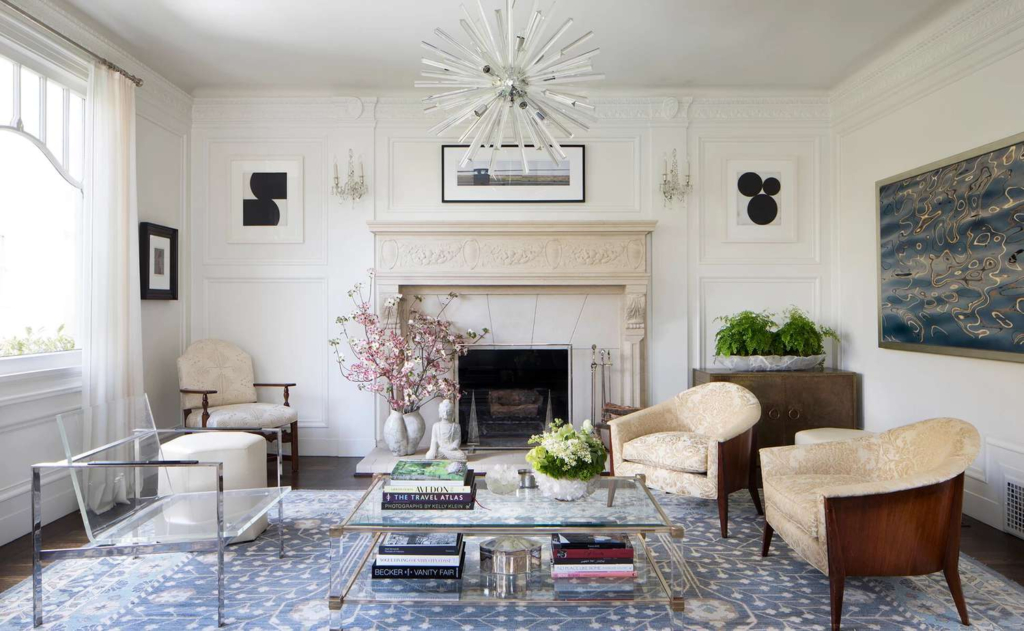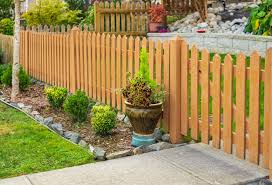There are moments when a space feels complete—not just functional, but refined. It has nothing to do with the size of the room or the amount of decor. Instead, it often comes down to the subtle, often overlooked details that quietly define a space’s character. Among these, trim and molding stand out as transformative elements. They don’t scream for attention, but their absence is noticeable. When done right, they elevate a room from plain to polished, from basic to beautiful.

What Are Trim and Molding?
Before diving into their transformative power, it helps to understand what these elements actually are. Trim refers broadly to the millwork used to frame walls, ceilings, doors, and windows. Molding is a type of trim, typically more decorative, used to add texture and visual interest.
Common types include:
- Baseboards: Installed at the bottom of walls to cover the joint between wall and floor.
- Crown Molding: Found at the top of walls, where they meet the ceiling, adding elegance and height.
- Chair Rails: Horizontal molding that runs along the wall, often dividing different wall treatments.
- Window and Door Casings: Trim that frames windows and doors, providing a finished look.
- Wainscoting and Panel Molding: Decorative wall treatments using molding to create framed panels.
Each type serves a practical purpose—covering seams, protecting walls—but also provides a visual transition that adds cohesion and depth to a room.
The Subtle Power of Detail
Trim and molding are not about making bold statements. Instead, they quietly define the edges of a space, bringing structure and balance. They create lines that guide the eye, accentuate architectural features, and provide a sense of order.
Consider a room with simple white walls and hardwood floors. Without trim, the transition between surfaces can feel harsh or unfinished. But with carefully chosen baseboards and crown molding, the room gains definition. It feels intentional.
This sense of completion is powerful. It’s why luxury homes, historical estates, and high-end interiors all feature detailed millwork. Trim and molding signal craftsmanship, care, and attention to design.
Elevating Every Style
There’s a common misconception that molding only suits traditional or classical spaces. While intricate crown molding and paneling do evoke timeless elegance, modern trim styles are sleek, simple, and just as impactful.
In contemporary homes, minimalist baseboards with clean lines offer a subtle finish. Flat trim around windows and doors complements modern architecture without distraction. Even in industrial or rustic designs, raw wood or metal trim adds an edge that feels cohesive.
No matter the style, trim can enhance it. It’s about choosing the right profile, material, and finish to complement the space.
In fact, custom trim work can reflect personal taste in powerful ways. A homeowner might opt for unique geometric panel molding to mirror the modern art pieces on their walls. Or they may choose to stain wooden trim to bring warmth to an otherwise monochrome room. The creative options are virtually endless.
Practical Benefits Beyond Beauty
While aesthetics are a major draw, trim and molding also offer practical advantages:
- Protect Walls: Chair rails prevent damage from furniture, while baseboards guard against scuffs from vacuums and shoes.
- Conceal Imperfections: Uneven gaps between walls and floors or ceilings are common, especially in older homes. Trim hides these flaws seamlessly.
- Enhance Acoustics: Certain types of paneling and trim can help absorb sound, making rooms feel quieter and more comfortable.
- Easy Maintenance: Smooth trim surfaces are easier to clean than wall surfaces, and they help prevent dirt buildup in corners and joints.
These details don’t just look good—they make spaces function better.
Room-by-Room Impact
Living Room: Framing the Focal Point
In living rooms, crown molding draws the eye upward, making ceilings appear higher and spaces feel more expansive. Built-in shelving with trim detailing adds character and cohesion. A chair rail with contrasting wall treatments can add depth and interest without overwhelming.
Fireplace surrounds often feature intricate trim work, turning them into stunning focal points. Even simple picture frame molding can create gallery-like spaces for artwork and family photos.
Kitchen: Clean Lines and Cohesion
Trim in kitchens helps unify elements like cabinets, windows, and walls. Crown molding on upper cabinets creates a polished, custom look. Baseboard trim ensures a seamless finish, even in high-traffic areas. For a cozy touch, consider beadboard paneling on islands or backsplashes.
Open shelving with decorative brackets and edge molding can add a bespoke, artisan feel. For a more modern look, sleek linear moldings can bring clarity and clean lines to the space.
Bedroom: Serenity Through Detail
Trim can create a sense of calm in bedrooms by framing the space. Simple crown molding adds elegance without clutter. Wainscoting behind the bed can serve as a subtle statement wall. Door and window casings ensure a cohesive, finished feel.
Consider a coffered ceiling with trim beams for an extra touch of luxury. Even minimalist bedrooms benefit from thoughtful trim that defines edges and emphasizes proportions.
Bathroom: Small Space, Big Detail
In bathrooms, where space is limited, trim makes a big impact. Baseboards protect against moisture, while crown molding adds a touch of luxury. Panel molding can elevate plain walls, turning a small powder room into a jewel box.
Mirror frames made from trim pieces, or floating shelves with molding details, can bring personality to a compact space. And don’t forget the power of vertical shiplap or beadboard paneling to elongate walls and add texture.
Entryway: First Impressions Matter
Trim in entryways sets the tone for the home. A combination of baseboards, casings, and decorative molding creates a warm, welcoming feel. Consider wainscoting or board and batten treatments for added visual interest.
Add a built-in bench with cubbies framed by trim, or a feature wall with hooks and molding details. These additions not only serve a function but leave a lasting impression on guests.

Materials and Finishes: Options for Every Home
Trim and molding come in a variety of materials, each with pros and cons:
- Wood: Classic, durable, and customizable. Can be painted or stained to match any decor.
- MDF (Medium-Density Fiberboard): Affordable and easy to work with. Ideal for painted trim.
- PVC and Polystyrene: Moisture-resistant, making them ideal for bathrooms and kitchens.
- Plaster: For intricate designs and historical homes, plaster molding offers detail and authenticity.
Finishes vary depending on style. Glossy white is timeless, while dark stains add drama. Painted trim in bold colors can make a statement, while matching wall and trim colors creates a seamless, modern look.
Experimenting with finishes can also create layered textures. For instance, a matte finish on walls combined with semi-gloss trim adds visual contrast that feels elevated.
Installation: Precision Matters
Installing trim and molding requires precision and skill. Accurate cuts, proper alignment, and attention to detail are key. Poor installation can lead to gaps, uneven lines, and a less-than-professional finish.
That’s why many homeowners choose to work with professionals, ensuring the final result is as stunning as intended. Skilled installers can also advise on the best trim styles for each room, helping bring your vision to life.
Moreover, professional installers can blend new trim with existing architectural features, maintaining the integrity of the home’s design while updating its appearance.
Trends in Trim and Molding: What’s New?
While classic styles remain popular, current trends in trim and molding are pushing creative boundaries:
- Bold Colors: Homeowners are painting trim in contrasting colors to create drama and personality.
- Oversized Molding: Larger profiles make a statement, especially in rooms with high ceilings.
- Mixed Materials: Combining wood, metal, and even leather trims for a unique look.
- Geometric Paneling: Beyond traditional frames, geometric and asymmetrical paneling is gaining traction.
These trends show that trim is no longer just a background player—it can be the star of the show.
Conclusion: Finishing Touches That Transform
Trim and molding may seem like minor details, but their impact is anything but small. They bring cohesion, elegance, and purpose to a space. They frame your world, guide your eye, and add depth that elevates the everyday.
When thoughtfully chosen and expertly installed, these finishing touches transform rooms from ordinary to extraordinary. Whether you’re renovating a single space or refreshing an entire home, don’t overlook the power of trim and molding.
Because sometimes, it’s the smallest details that make the biggest difference—and in the world of design, that difference can be the thing that turns a house into a home.






